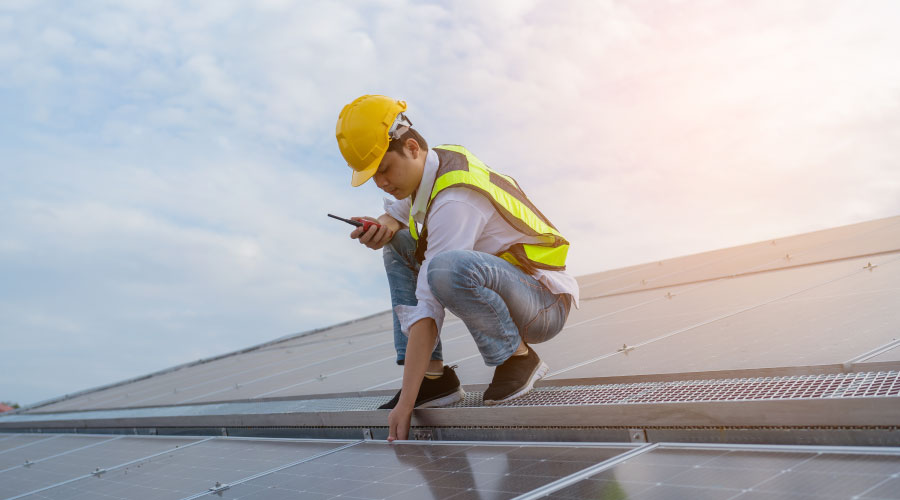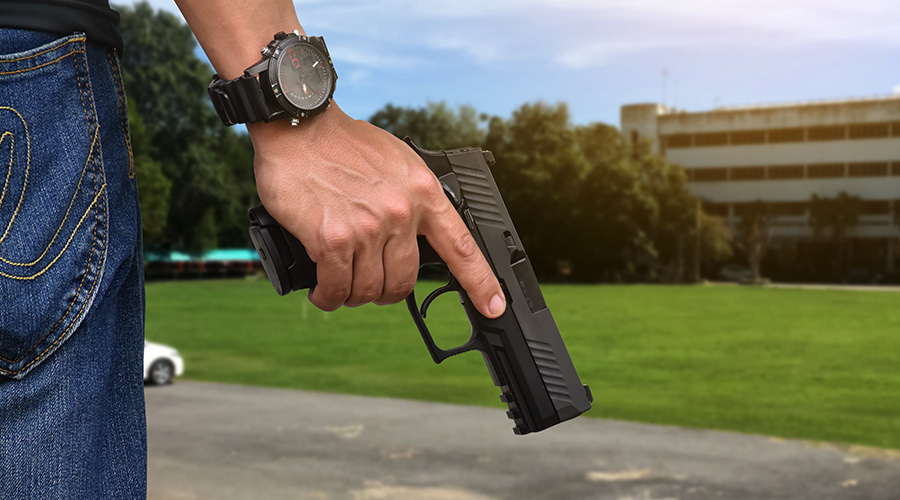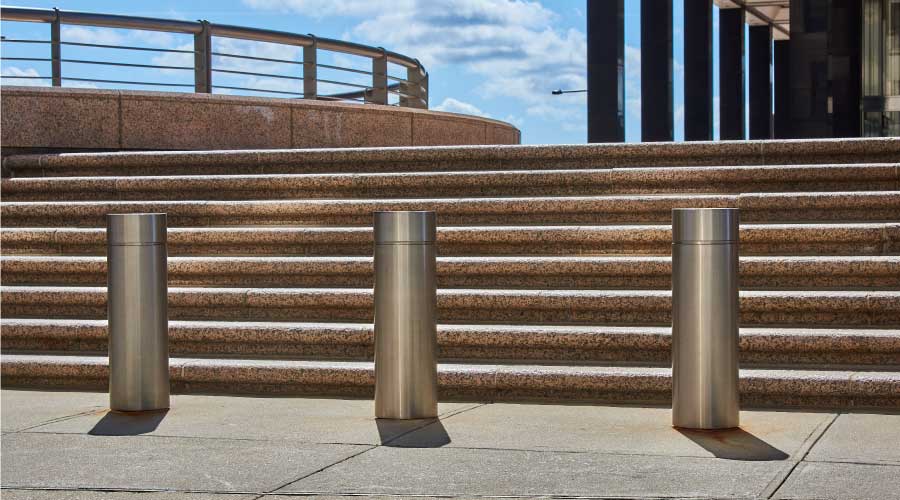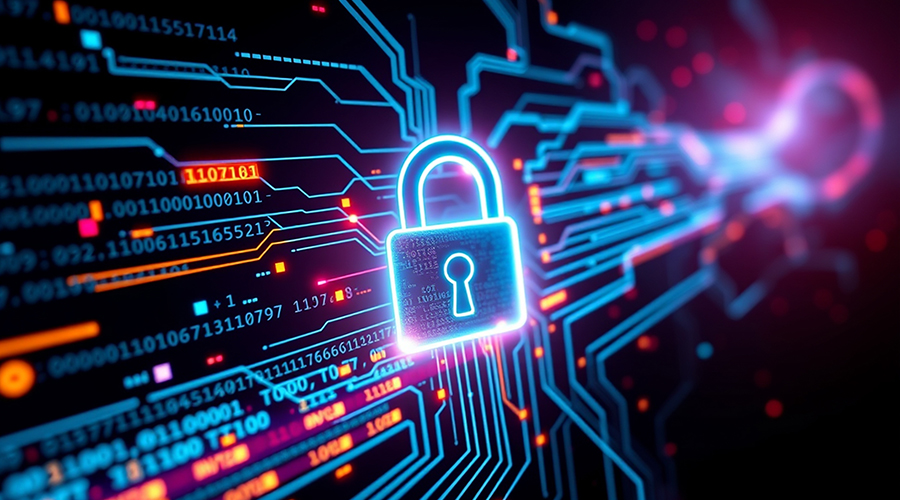Access Control: Keeping Security Equipment Cool
The first step in choosing the best enclosure and cooling system for security-system components in exterior applications is to identify the most thermally sensitive component or device to be housed in the enclosure and determine its upper and lower temperature range.
The maximum operating temperatures for different pieces of equipment vary widely. One specific 10/100 megabits per second (Mbps) Ethernet electrical-to-optical media converter has a maximum operating temperature of 167 degrees, while a specific standard network switch has a maximum operating temperature of 113 degrees. A maximum allowable temperature of 85-95 degrees typically provides reliability and longevity for most equipment.
The second step is to determine the range of ambient temperatures at the equipment's location. Golden Gate Weather Services provides a listing of the highest and lowest temperatures in the nation by state.
To complete the selection process, managers also will need to determine three things: the change between the outdoor temperature and the internal temperature in the enclosure; the surface area of the enclosure; and the heat this surface area will dissipate.
If the temperature inside an enclosure needs to remain at or below 95 degrees in an ambient temperature of 115 degrees, then an air conditioning system is required, since vents, fans, and heat exchangers cannot cool the internal temperature of the enclosure below the outside air temperature.
Specifically designed air conditioners can cool NEMA Type 3R, 4, or 4X rated enclosures. These cooling units are designed for continuous operation and can maintain internal air temperatures below 85 degrees or 95 degrees in ambient environments up to 125 degrees or 131 degrees.
In these situations, an insulated enclosure will provide better results. Much more air conditioning capacity is required if the enclosure is not insulated, since it also will be heated by the ambient air in addition to the equipment inside.
By avoiding the installation of interior products in exterior locations and selecting appropriate enclosures — along with proper application of cooling systems — managers can greatly improve the reliability and longevity of security-system components.
David R. Duda, P.E., CPP, PSP, is an associate partner with Newcomb & Boyd and leads the Special Technologies Group, the security consulting arm of the Atlanta-based consulting and engineering firm.
Related Topics:













